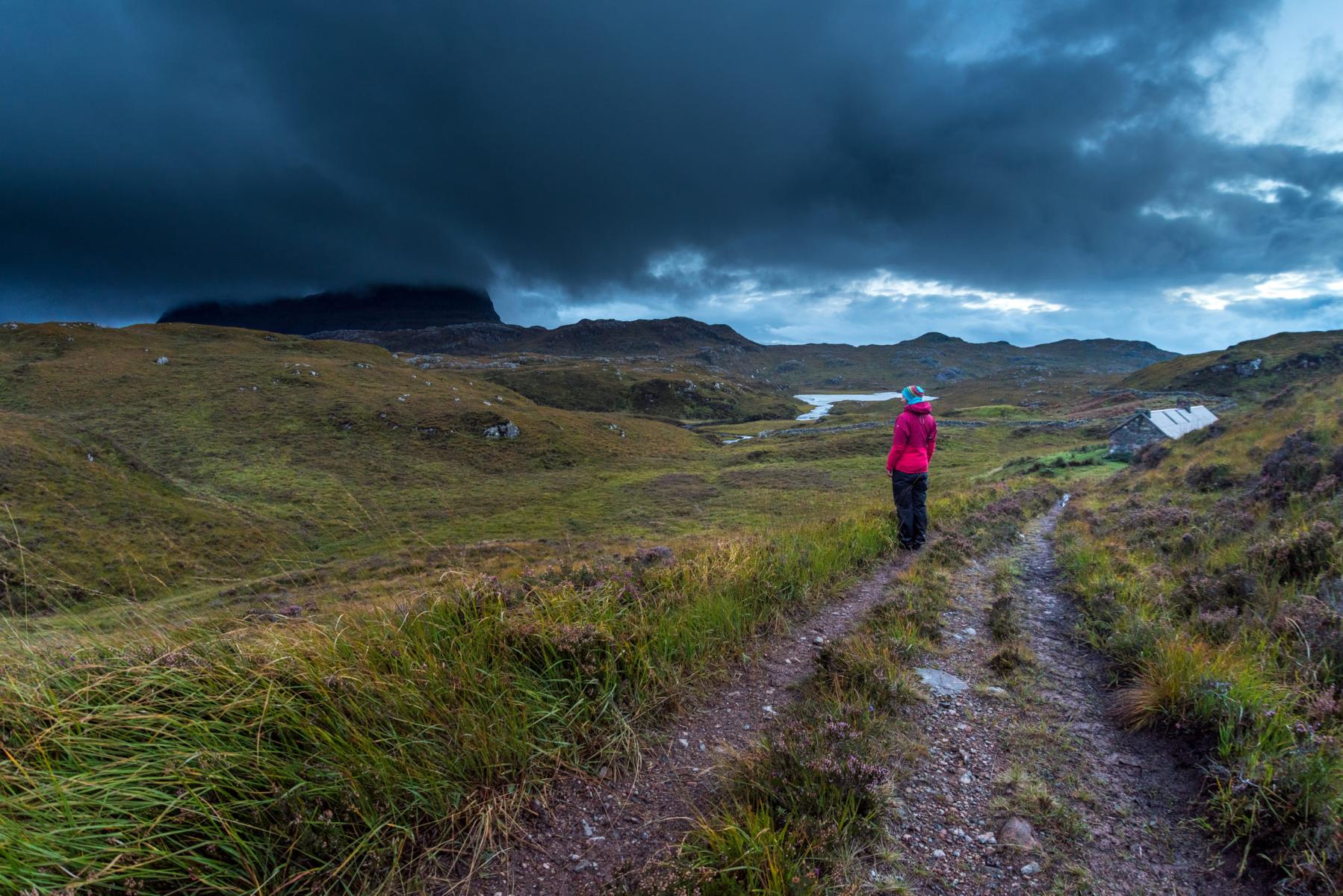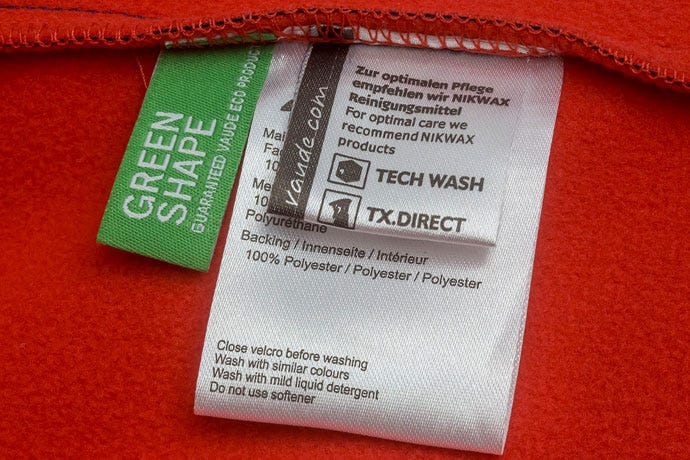Protects you and the climate: Softshells made from recycled material
Softshell - the term alone is a promise. A weather protection layer and yet breathable, soft, comfortable and yet robust, the right material for most purposes - with these properties, functional material softshell has been convincing its outdoor athletes* for about two decades. But not all softshells are the same. We explain to you what is important when choosing and why recycling and function are not contradictions.
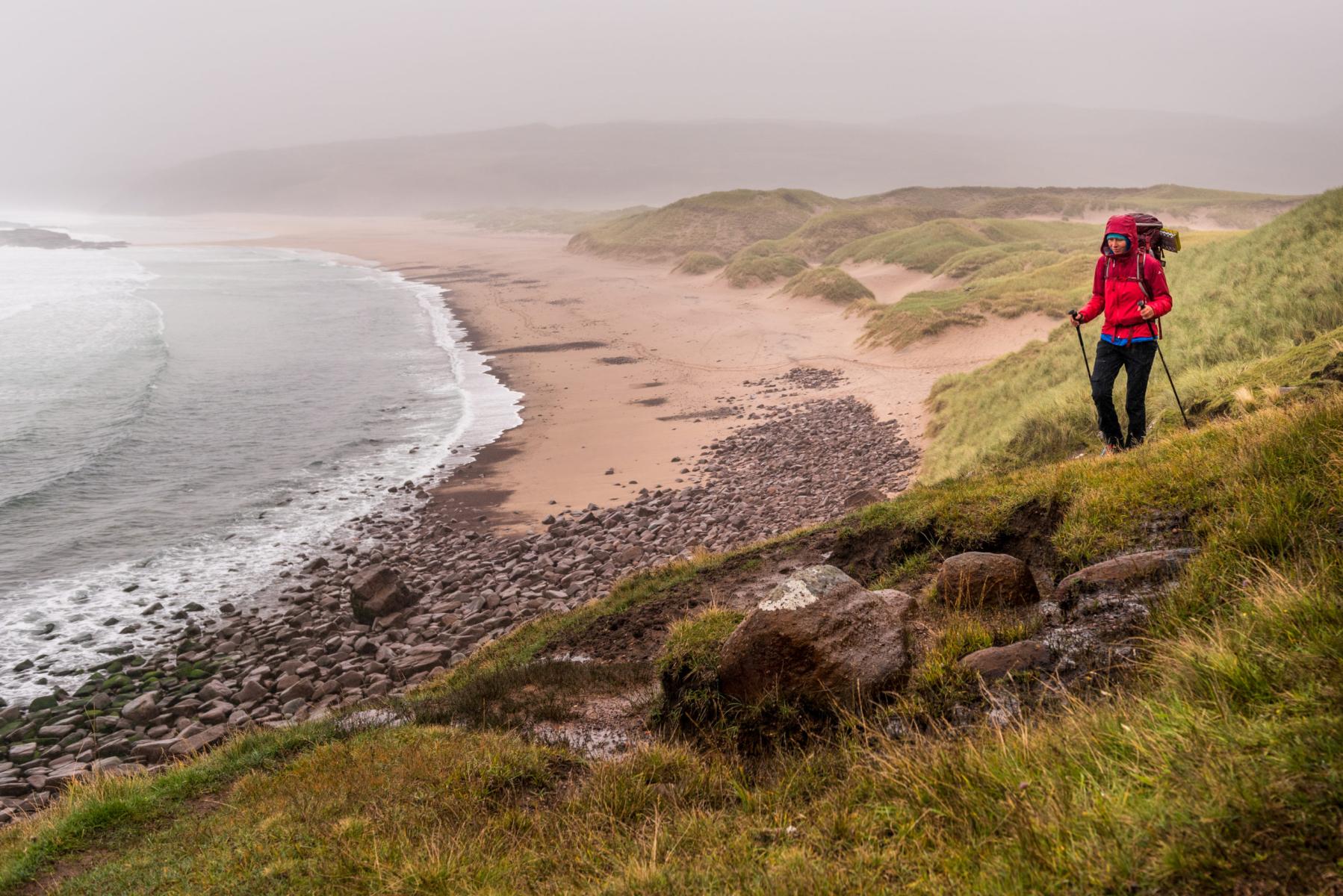

Climate protection and weather protection in perfect synthesis


"VAUDE has set itself the goal of using predominantly bio-based or recycled materials for its products by 2024. From September 2021, our collection will therefore include a total of 30 products with recycled softshell material."
This is part of climate neutrality strategy of us. But those who now equate recycled material with loss of function are wrong. The sustainable material, which is made from at least 50 percent recycled PET bottles, offers precisely the properties that make softshell materials so popular: High breathability (actually: vapor permeability), weather protection and a soft, rustle-free surface with a nice, textile feel.
Recycled materials are an important contribution to climate neutrality.
Recycling materials reduce the need for fossil raw materials and additionally reduce CO2 emissions. The recycling resource "waste" and its recognition as a valuable material currently saves more than 700 million tons of CO2 emissions worldwide, and this could rise to around one billion tons by 2030. We, too, are focusing on this considerable potential for climate protection and use recycled PET bottles for our softshell materials in order to further reduce CO2 emissions in our products. It is an important signal to society and against the fast-moving throwaway culture in this world.
Jacket as well as trousers - Softshell always works
Ski touring, biking, everyday sports, hiking, mountain sports - with their unique combination of properties, softshell materials are not only suitable for a wide range of outdoor activities, but also for pants and jackets alike. In the onion system, softshell is generally the outer weather protection layer that keeps out wind, water and UV radiation from the outside and lets sweat through in the form of water vapor from the inside. Pants benefit especially from the high stretch of modern softshell materials and offer plenty of freedom of movement even in the steepest terrain.


Is softshell rainproof?
Softshells are not waterproof, but still offer a high level of weather protection even against wetness, so they are waterproof. This is ensured on the one hand by the materials themselves, and on the other hand by the so-called Eco Finish - a water-repellent surface impregnation entirely without fluorocarbon compounds (PFC), which are harmful to the environment and health. Softshells can even consist of a completely waterproof material or rely on a membrane with waterproof properties, such as the VAUDE Tremalzo Softshell Jacket, to further increase weather protection. However, in these cases we do not seal the seams waterproof - and there are good reasons for that. After all, complete waterproofing, as offered by so-called hardshells, is not possible without compromise. If you forgo the last few percentages in weather protection, the material can become even more vapor-permeable, stretchy and soft, and still be waterproof and windproof. Properties that are more important in many applications than complete protection against moisture. Especially in winter, e.g. on ski tours or snowshoe hikes, precipitation usually falls at most in the form of snow - a Monviso Softshell is then the perfect garment. Different application, similar result: Even everyday commuters with short commutes can benefit from the softshell and its higher climate comfort, if it's not "raining cats and dogs".
Windproof or wind-repellent - the full choice!
Most softshells are laminates with a windproof membrane. This means they actively prevent chilling by maintaining an insulating layer of air between the body and the garment. The good thing is that windproofness is much easier to achieve than waterproofness. The important softshell properties are retained even with windproof softshells. So for those who value maximum versatility, the windproof softshell is the right choice. The same applies to so-called stop-and-go activities, where sweaty, active phases alternate with breaks or rest periods. In such cases, the windproofness usually prevents cooling down even without additional insulation. For people who need maximum breathability for their outdoor activity, on the other hand, a strongly wind-resistant but not windproof softshell is the optimal choice: lightweight, thin, stretchy and highly vapor-permeable, such as our VAUDE Moab Softshell Jacket. It is 80 percent windproof and thus prevents you from cooling down as long as you keep moving. The small amount of wind that penetrates the material, conversely, effectively dissipates accumulated body heat, no matter how high your pulse goes during sports. Only, who makes longer breaks on cold days, for example, a scenic summit rest, should have a windproof softshell absolutely still a thin insulation in the backpack. A perfect synthesis of windproofness and breathability and thus a special technical highlight are offered by the softshell jackets and pants from the Larice series. The body-mapping process combines a total of four different windproof materials, such as a more breathable material under the armpits and a windproof material at the front.
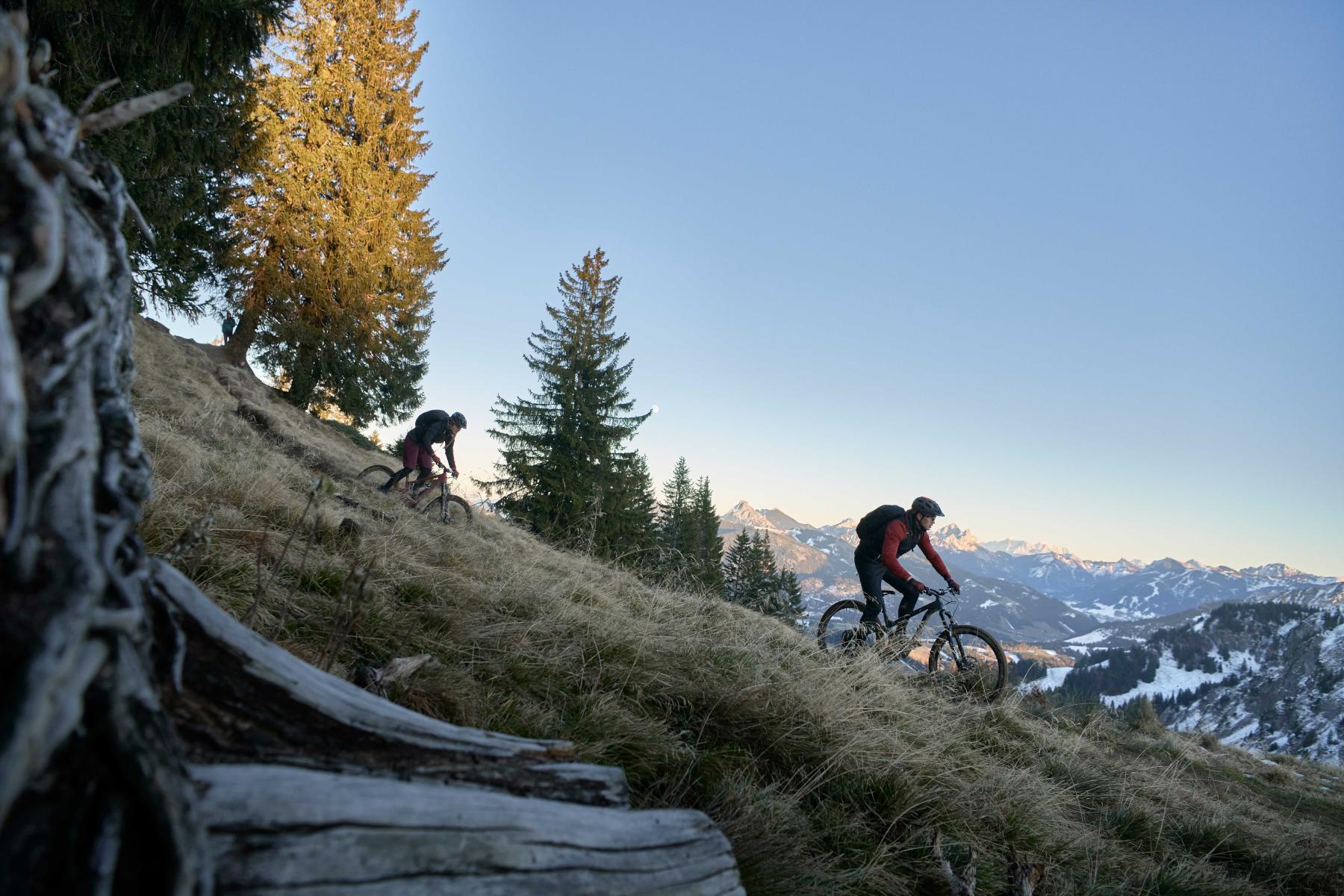

With insulation or without - softshell can do it all
Those looking for additional warmth rely on the flexible onion principle with matching base and midlayers made of merino wool, fleece or insulation fibers such as Primaloft. However, there are also softshells with additional insulation for more warmth, such as for cold winter days. This starts with a lightly brushed, high-pile lining, but can also be a lining with cozy fleece - such as our Matera Jacket. Built-in insulation provides more warmth, but also costs breathability, and is therefore predestined primarily for low temperatures or less strenuous activities. In these cases, you don't have to worry about waterproofing; at constant sub-zero temperatures, precipitation only falls as snow - and hybrids made of softshell and insulation can easily handle that.
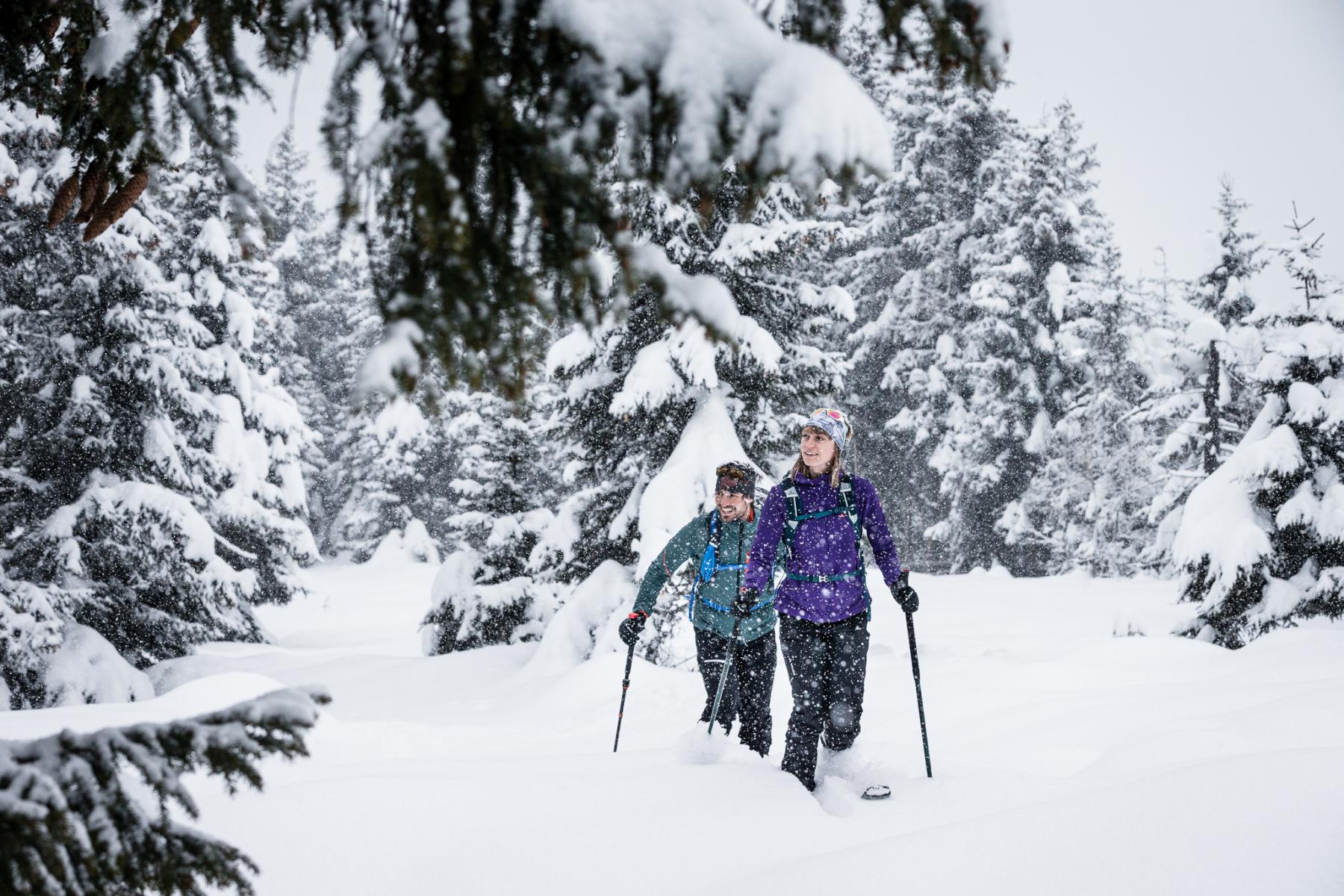

Buying tip: Fit and care
Softshell products are usually cut a little closer to the body than their waterproof hardshell siblings, because wearing comfort and vapor permeability are particularly important here. However, you should not overdo it for comfort and insulation reasons. If the clothing is too tight, it restricts freedom of movement, does not allow for an additional onion layer and worsens insulation because it no longer leaves room for a warming air cushion. If you need tight-fitting, flutter-free clothing for your sport, you should therefore choose a softshell with a spandex content that ensures high stretch.
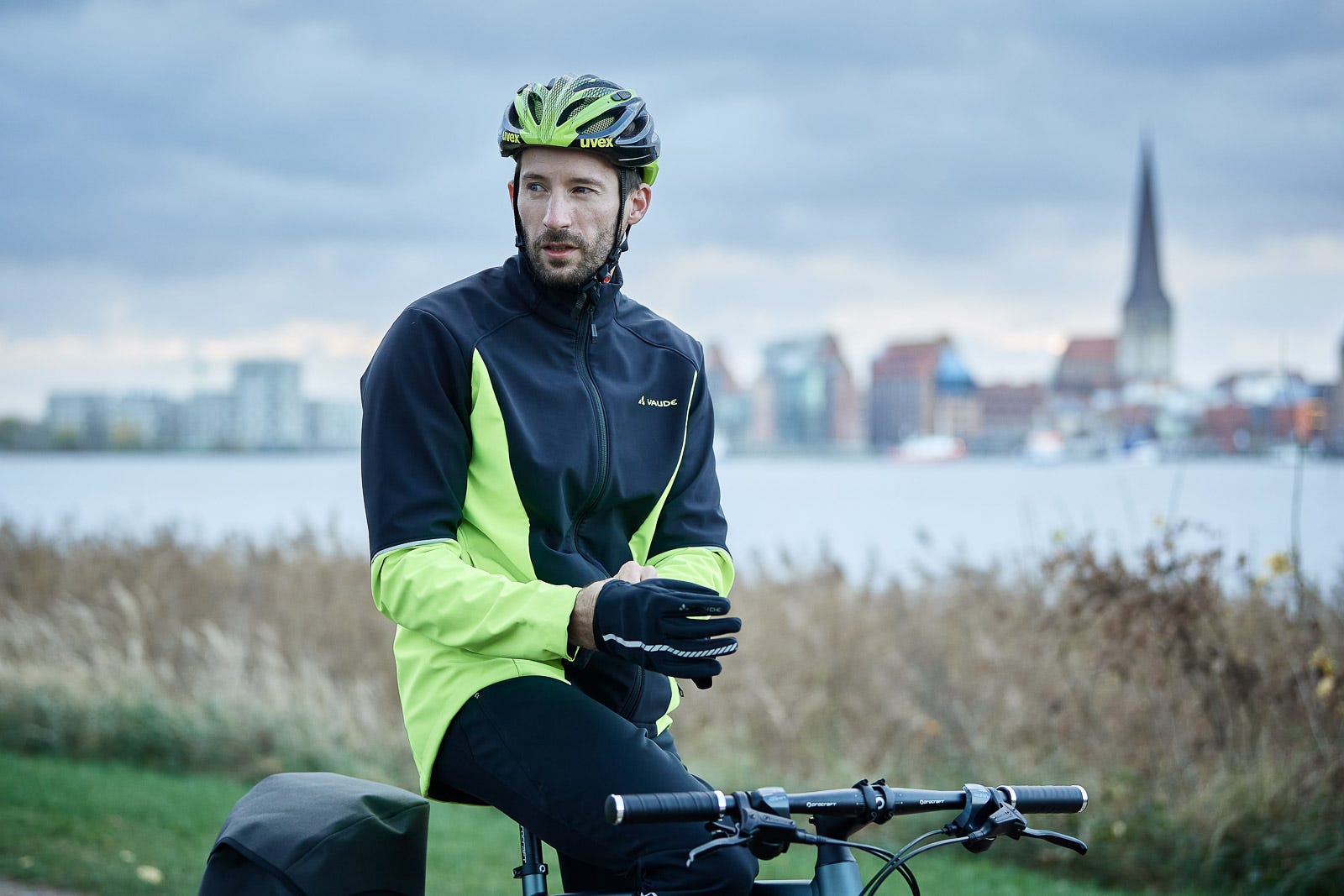

After a few washes, the water-repellent surface impregnation on the outside should be renewed, which ensures that water beads off drop by drop and is not absorbed by the material over a wide area. This not only improves weather protection, but above all breathability, because a waterlogged outer material is no longer able to transport perspiration from the body to the outside in the form of water vapor. Ideally, the freshly washed, still slightly damp garment should be impregnated and then exposed to low heat to activate the impregnation - if permitted in the care instructions, e.g. on the lowest setting in the dryer or by carefully blow-drying with a hair dryer. Combined care products for washing and impregnation in one are convenient, but also reduce vapor permeability because they also impregnate the garment from the inside. VAUDE recommends the sustainable care products from Nikwax. There you can find, for example, detergent and impregnation specifically for softshell materials.
Conclusion: Softshells are ideal all-rounders for (almost) all outdoor activities
Regardless of whether your own softshell focus is a bit more on weather protection, wearing comfort or breathability, softshells are ideal all-rounders:
1. bad weather like light rain, snowfall or wind doesn't bother them much
2. they are suitable for sports and leisure and are very comfortable to wear
3. they are particularly interesting for nature observers because they are quiet and do not rustle
4. they show their strengths above all in everyday life, on shorter, active tours or in regions with little risk of bad weather
